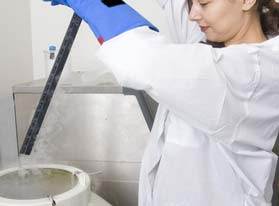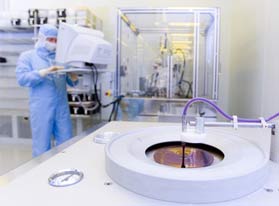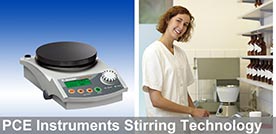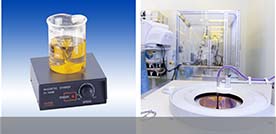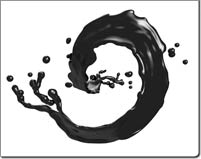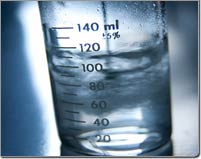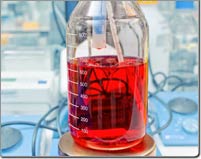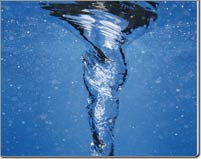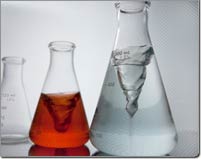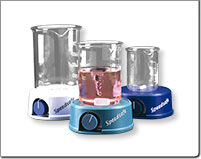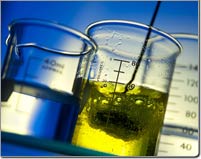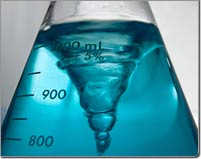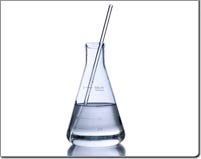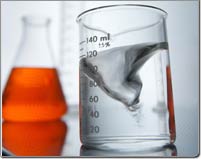|
|
||||||||||||||||||||||||||||||||||||||||||||||||||||||||||||||||||||||||||||||||||
|
Stirring Technology Stirring technology is a part of mechanic process engineering. This process deals with the repositioning of several substances with the help of mechanical influence. The resulting structure is defined as a mixture. The mixture shows other physical characteristics than the single materials which were stirred; a new substance is not created due to stirring technology, because the new mixture can always be separated into single substances. The main task of stirring technology is to create a new homogenous or heterogeneous mixture from similar aggregate states of a substance. Homogenous mixtures are completely mixed pure substances on the molecular level, while heterogeneous mixtures are not completely mixed. Mixtures and pure substances (which occur in elementary forms, or are combined into a new substance as ionic and molecular compounds) differ in their characteristics. In mixtures, the basics substances are still available in their isolated form. The most important aim of stirring technology is to create a mixture which shows certain requested characteristics. Decisive parameters of this process are the correct mixing ratio, the mixing time and the amount of energy which flows into the process. Economically and process-optimized results can be achieved with the help of corresponding stirrers, kneaders and free-fall blenders.
If you don't find the
stirring technology you are looking for, please contact us and we will help you find the best solution to suit your needs by calling our offices on:
|
||||||||||||||||||||||||||||||||||||||||||||||||||||||||||||||||||||||||||||||||||
|
|
||||||||||||||||||||||||||||||||||||||||||||||||||||||||||||||||||||||||||||||||||
|
||||||||||||||||||||||||||||||||||||||||||||||||||||||||||||||||||||||||||||||||||
|
Examples of different Mixtures in Stirring Technology |
|
You are currently at: Home / measuring instruments and test equipment / stirring technology |
|
If you have any questions, call our offices on: |

